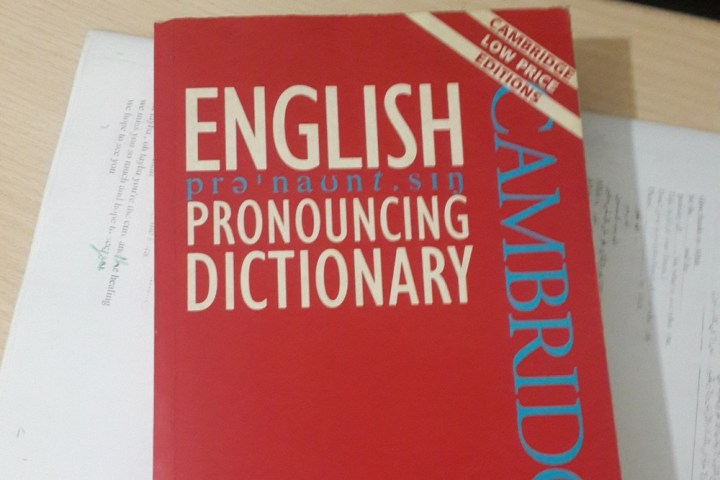
Of 1,000 Americans and 1,000 Brits, top findings concluded that, with 23 percent of the vote, Americans found the Glaswegian or Glasgow accent the sexiest of the British Isles, but also the most difficult to understand. In second place with 16 percent of the vote, was Cockney. The most intelligible-sounding accent was Geordie, or Newcastle, while Essex was the least recognizable. As for British celebs, there was no doubt that the most popular British accent among Americans would be Sean Connery’s, bringing in 36 percent of the votes, followed by Hugh Grant and Keira Knightly at 17 percent and 12 percent, respectively.
On the other hand, among American accents, Morgan Freeman’s ranked highest among Brits, with more than 23 percent of the vote, followed by Dolly Parton with 10 percent and Reese Witherspoon with 6 percent.
When asked to guess the difference between accents, 29 percent of Brits thought the Georgia accent was Texan. The New York accent was correctly identified the most, with 26 percent. Americans mistook the Glaswegian accent for Scouse, and one in four incorrectly identified the Mancunian accent as a Cockney or London accent.
The study also asked Americans and Brits to determine specific locations. Only two in five Americans could find London on a map, and only one in five Brits could identify New York. Americans also thought Bristol was in Northern Ireland, but could successfully point out Liverpool. In identifying specific states, Brits were more successful: 60 percent correctly located both California and Florida and 73 percent located Texas.
Despite speaking the same language, it’s obvious Americans and Brits have trouble recognizing the origins of their dialects (British Airways recommends Americans can take a flight across the pond to brush up on their English – those cheeky Brits). But it isn’t only humans – dialects are also a challenge for voice recognition software, particularly when it comes to deciphering tones. When Apple’s Siri was introduced in 2011, it was reported that it couldn’t understand some Scottish users.
According to a CBC report, broadcast recordings and transcripts are what’s used to train voice recognition systems, so “they can have a bias toward certain accents.”
“It’s not the case that one accent is harder than another,”Marsal Gavaldà, a voice recognition expert at Yik Yak, tells the CBC. “”Accuracy varies widely from speaker to speaker. There are certain segments – children, seniors, or people with an accent – whose recognition rate is very low, or much lower than the rest of the population.”
But companies that utilize voice recognition are working on improving the technology, or at least finding a solution around it. For example, for its Nuance-based Sync system, Ford researchers traveled across the U.S., Europe, and Asia to gather as many accents as possible, in order to develop the computer’s acoustic models for not just English, but also German, Mandarin, French, and Spanish. For travelers, tools like Google Translate could be useful in helping people get around – provided the software can understand the speaker. Gavaldà tells the CBC this is crucial for such systems to be widely accepted by the mainstream.
“If there are certain parts of the population that are not well understood, they will have less access,” Gavaldà says. “They will be less likely to use and benefit from these systems.”
Editors' Recommendations
- Self-driving wheelchairs are tootling about JFK airport in British Airways test
- British Airways hit with a massive fine for 2018 data breach


